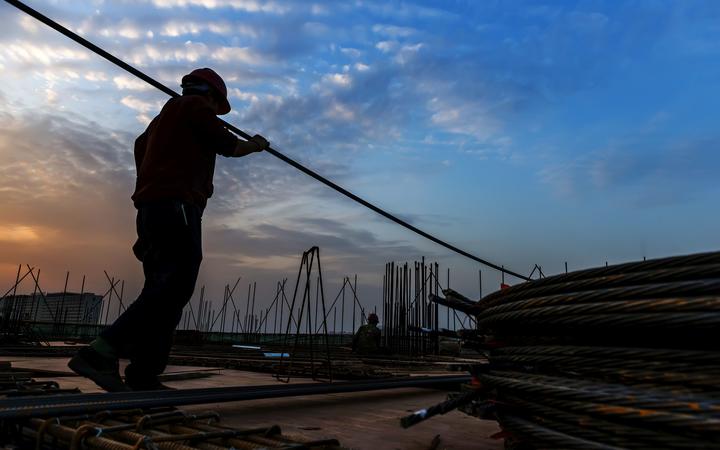Two-thirds of buildings investigated by Palmerston North City Council may have structural problems
The mass defective design of buildings to withstand earthquakes in Palmerston North has been revealed in the face of official resistance.

Photo: 123rf.com on rnz.co.nz
The city council has known for 18 months that two-thirds of the buildings it's looked into are, or probably are, deficient, but tried to block releasing the investigation to RNZ.
It's now had to declare seven of the buildings, all of them between eight and 14-years-old, are earthquake-prone.
The council investigation indicates there could be about 100 buildings with multiple seismic design issues, some serious, in Palmerston North; but it does not know because it has not checked yet.
The council has been looking for two years into work done by the local civil engineering firm Kevin O'Connor and Associates (KOA). The firm also has had offices in the three main centres.
The council took a random sample comprising a dozen KOA-designed buildings in Palmerston North, all less than 15-years-old.
It has found eight of them have multiple problems, including serious deficiencies, such as concrete panels, steel beams and columns that are too small or otherwise deficient.
KOA has designed 148 buildings in Palmerston North, so if the two-thirds ratio were to hold, that might mean 100 more need looking at.
But the council has not decided on that yet, 18 months after it learned in the first draft of this report it had a big problem.
"We are currently considering what action we will take for similar properties outside those sampled," it said in a statement.
It took RNZ months to get the report, and we had to go to the Ombudsman to force it.
The council said it had to give the building owners a year to respond since the time they were advised of the findings in October 2018.
The council chose to look at eight medium to large commercial buildings and four that had a lot of public use, using engineering firm Beca, which did a desktop review of the engineering plans (it did not look at the actual buildings).
Only three got a clean bill of health, and one was so-so.
Of the other eight, all have multiple problems listed, as few as three problems or in two cases - Bennett Street and Shelley Street - a dozen issues each.
These centre on a lack of bracing or of structures to hold things up, or hold things down, in a moderate or serious earthquake or high winds. There is uncertainty about what seismic loads some buildings can take, or how strong the floor is.
In some plans there's a lack of or conflicting calculations about building strength, or connections are specified that don't follow the standard.
In four of the eight buildings, the original engineer has accepted the buildings do not measure up, Beca's report to the council shows.
In the other four, there has been some dispute or the council has not received a response from KOA.
All 12 buildings are single-storey medium or large commercials; all consents were issued between 2005 and 2011. RNZ is asking the council if it is going to check any KOA buildings consented from 2012 onwards, and any multi-storey ones. It has not said.
The council initially declined to answer RNZ's questions.
"We acknowledge your questions, however due to the complexity of the matter and availability of staff, we will be able to respond to you by the end of this week," its senior communications advisor Sandra Crosbie said by email last night.
RNZ rang the mayor, and later got a statement but no interview.
The statement said some of the 11 building owners had got detailed seismic assessments done, as the report told them a year ago they all should, and some were fixing the buildings; but the council has not given numbers in either case.
As for those newly registered as earthquake-prone - that is, under 34 percent of the New Building Standard (NBS) - those owners get 15 years to fix or demolish them.
RNZ will be approaching the buildings' owners.
Kevin O'Connor and Associates has not responded to our questions.
KOA still exists at the Companies Office, but its directors and shareholders are now connected with a company set up in 2018, called Resonant Consulting.
Resonant was set up two years after concerns came to light, in Masterton, about KOA's work.
RNZ spoke to three people at Resonant but its top managers did not come back to us.
A building law expert in Wellington involved in structural litigation claims against engineers and local authorities said the Palmerston North City Council had resisted making this all public probably due to fears to liability for issuing consents based on these plans.
The council appears to have missed basic things: in three cases, the plans got the soil classification wrong (the type of soil under a building can greatly affect how a design performs, especially in a quake).
"Our building services team rely on the information supplied by suitably qualified professional engineers," it said.
It had periodically checked its consents work was up to scratch since 2007. However, its statement shows it introduced peer review of engineering designs - by a second, independent engineer - only in 2012.
Read the full article on rnz.co.nz here


